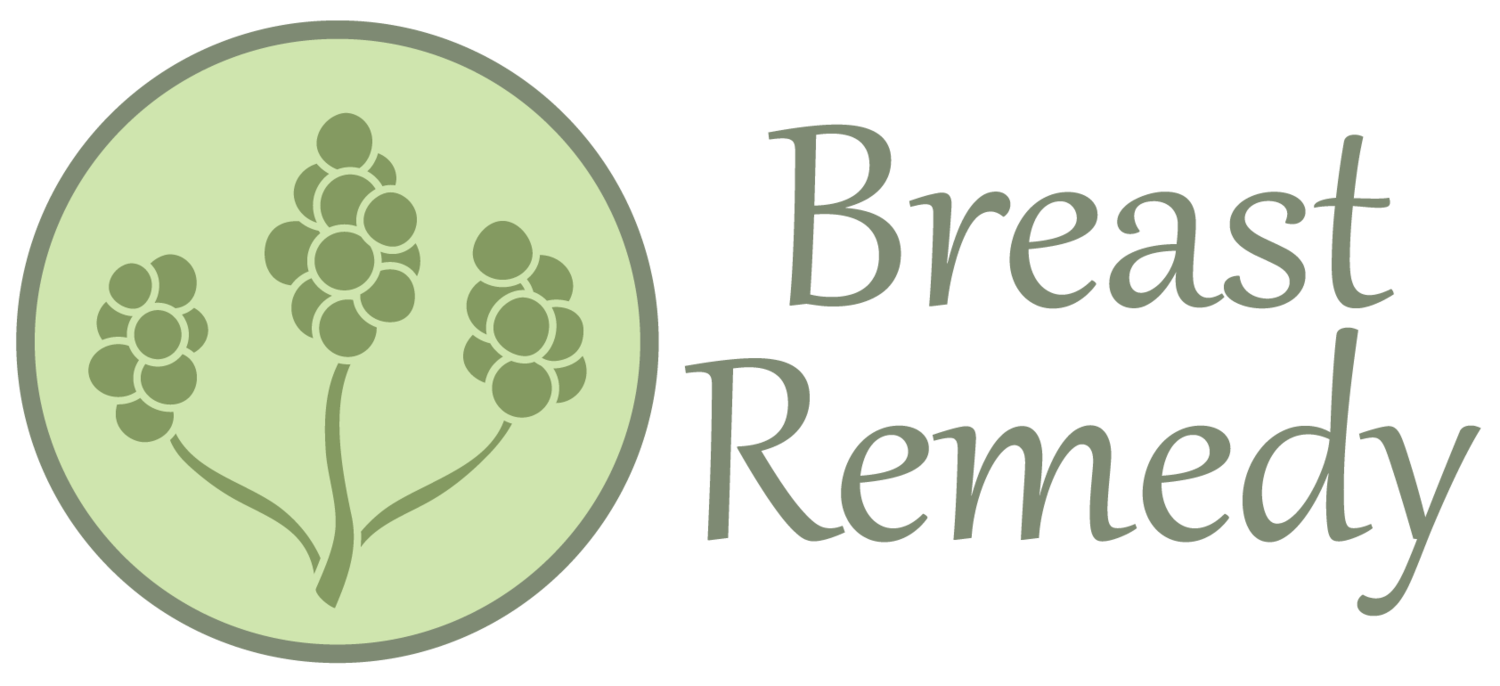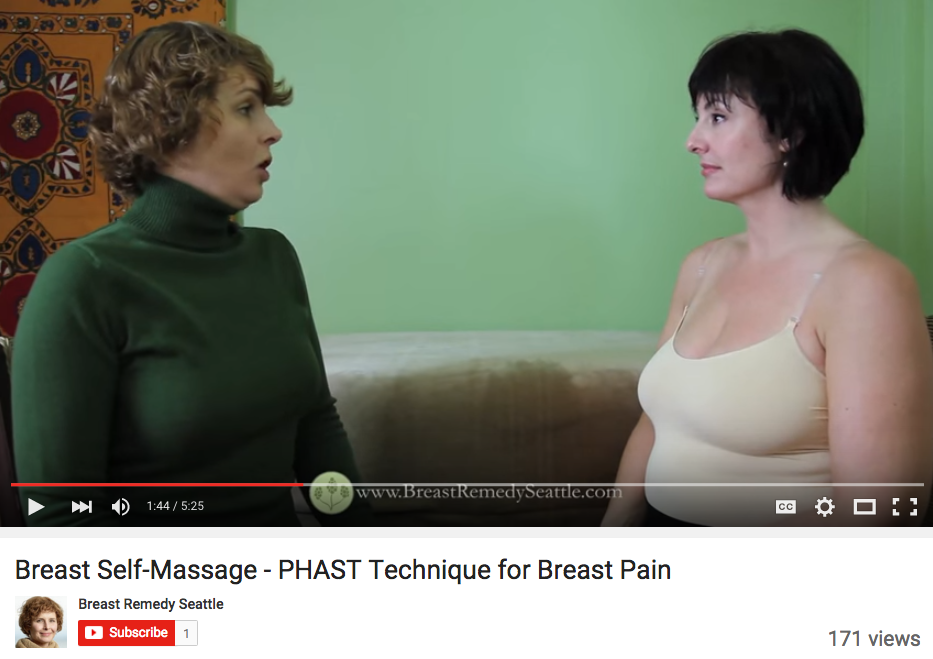Why is breast care important?
Breasts are amazing organs that receive little attention until there is a problem. What if we started including them as part of our regular massage treatments? Perhaps we could improve circulation and drainage in the breasts and that would promote health.
What conditions does breast massage treat?
Massage is well documented to reduce pain and swelling, as well as promote circulation and relaxation. We can extend this service to breast tissue. Conditions such as breast pain, congestion, pre-menstrual swelling, and fibrocystic breasts may all respond to regular massage treatment. It is also an excellent addition to any wellness massage. Why not provide our breasts with the same benefits that we give the rest of our body?
Does breast massage treat or cure breast cancer?
Breast massage will not cure cancer and it does not diagnose cancer. However, it can be an important piece in the framework of a well-developed integrative medicine treatment plan. Breast cancer survivors and thrivers can benefit from reduction in pain and swelling, relaxation of scar tissue, and soothing touch to a highly traumatized area. The process of diagnosing and treating breast cancer is confusing and frightening. Having an advocate that can teach you about your breast tissue changes and how to monitor them after cancer treatment is empowering. Your loved ones will also likely express concerns about their breast health as a result of being involved in your experience. Breast care education can give them tools for detecting and monitoring breast tissue changes throughout their lives.
How is breast massage performed at your office?
The session begins with a thorough health history. This is a critical component to safely providing breast massage. Certain breast conditions (including infection and undiagnosed discharge or lumps) are contraindications to receiving massage. In addition, some medical conditions, such as heart disease or diabetes, can contribute to breast pain and need to be evaluated by your physician. Part of this discussion will include your breast health goals and your preferences for receiving massage with or without clothes, through a sheet or drape, or with direct skin contact. The session is designed to meet your needs and comfort level.
What should I expect during a session?
Breasts are an integrated part of the chest and shoulder girdle. They affect the posture and, therefore, tension in the neck, shoulders, upper back and chest. Trigger points, muscle contractures, joint inflammation and nerve impingement can all refer pain to the breasts. Due to these considerations, treatment will begin with the muscles surrounding the breasts. Lymphatic regions in the neck and underarms will be opened to promote drainage of the breast tissue.
At that point rib muscles and breast tissue will be kneaded to promote circulation. Abdominal massage is frequently included in the session, as well as deep breathing. Gentle myofascial release techniques may be used to reduce adhesions. This can be done with or without lotion. Communication will be open throughout the process to assure your comfort and answer any questions you have. Feedback will be elicited so you and your therapist respect the delicacy of the structures in this region to keep them safe and sound.
Is it required to uncover my breasts for the treatment?
Skin contact is the preferred way to perform breast massage. Visual inspection of the breast is one important way to assess changes in breast health; so undraping the breast provides essential treatment information. That being said, massage can be performed over loose, thin clothing or through a sheet or drape. Some clients prefer to perform their own breast massage with instruction from the therapist. There are many options and the priority is always your comfort and safety. It is your decision how you choose to receive treatment and you may change your mind at any point during the session.
What self-care can I perform between sessions?
At the start of the session, clients receive instruction in how to massage their own breasts at home. Professional breast massage is one part of breast care, but you are the most important promoter of your breast health! Regular breast self-massage (using hands or an electric massage device) will improve your breast circulation and help you comfortably monitor alterations in your tissue texture over time. This information aids in informed communication with your doctor if you notice any concerning changes. Breast self-checks are another way to track these changes. While palpating breasts can seem daunting and complicated, receiving hands on education from a skilled massage therapist can be very rewarding. Providing you with constructive and supportive feedback as you perform a breast self-exam is a critical part of the learning process.
What is involved in breast massage training?
Breast massage training is highly varied throughout the world. It may include lymphatic massage, myofascial release, visceral/abdominal massage, pre- or post-surgical massage, scar work, oncology massage, pregnancy and lactation massage. Check out my training here. The crucial component is that your therapist has training in your particular stage in breast care. A healthy client who chooses to include breast massage as part of a wellness treatment has different requirements than a breast cancer patient. A breast-feeding mother will have different needs than a client undergoing breast reduction surgery. Typically, bodyworkers will attend advanced breast education classes after completing primary training. It is appropriate for you to ask your therapist what type of training she or he has completed so you can make an informed choice about receiving treatment.

